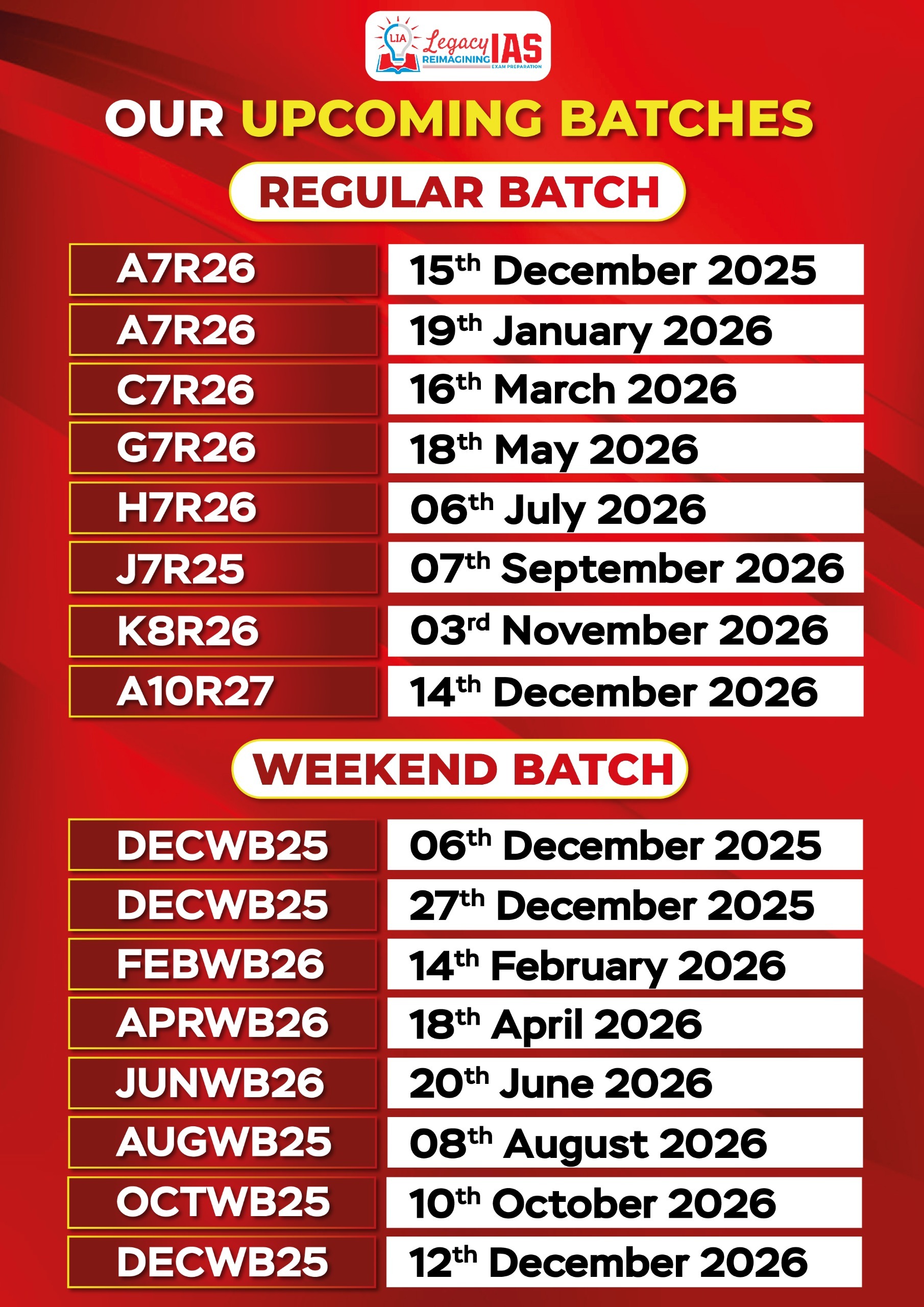Content:
- India, U.S. to double bilateral trade by 2030
- Empowering people to choose end-of-life medical care
- A.P. tribal hamlets celebrate ‘freedom from darkness’, 78 years after Independence
- Almost half of world population potentially exposed to risks of zoonotic diseases, poorer countries most vulnerable: Study
- Rural Indians suffer from a ‘hidden hunger’; despite availability and affordability, their diets are protein-poor: ICRISAT
India, U.S. to double bilateral trade by 2030
- Trade Expansion: India-U.S. bilateral trade to reach $500 billion by 2030 under ‘Mission 500’.
- Energy Trade Growth: India to increase energy imports from the U.S. from $15 billion to $25 billion in the near future.
- Small Modular Reactors: Both countries to collaborate on nuclear technology and co-develop Small Modular Reactors.
Relevance : GS 2(International Relations)
Defence & Technology Cooperation
- General Electric F-414 Engine Deal:
- Not explicitly mentioned in the joint statement.
- White House confirms U.S. is looking forward to concluding the deal with Hindustan Aeronautics Limited (HAL).
- U.S.-India Civil Nuclear Agreement:
- Both sides agreed to fully operationalize the 123 Civil Nuclear Agreement.
- Plans to jointly build U.S.-designed nuclear reactors in India.
- TRUST Initiative (Transforming the Relationship Utilizing Strategic Technology):
- A new tech framework replacing the ICET agreement.
- Enhances cooperation in space, energy, biotechnology, and semiconductors.
- Includes U.S. investments in semiconductor fabs in India.
Multilateral Cooperation
- Reaffirmation of QUAD: Trump to visit India later this year for the Quad Summit.
- IMEC & I2U2 Partnerships: India and the U.S. to convene members within six months to announce new initiatives.
- India’s Full Membership in IEA:
- U.S. affirms strong support for India to join the International Energy Agency (IEA).
Immigration & Illegal Migration
- Legal Mobility Streamlining:
- India-U.S. to facilitate student, professional, business, and tourist visas.
- Crackdown on Illegal Migration:
- Modi emphasized that illegal migrants have no right to be in another country.
- India is prepared to take back any verified Indian illegal migrants in the U.S.
- Calls for stronger action against human trafficking networks.
Strategic & Economic Implications
- Trade Deficit Reduction:
- India’s increased energy purchases help address U.S. concerns.
- Potential increase in U.S. exports and technology transfers.
- Strengthening Defence and Energy Security:
- Expansion of nuclear and defence cooperation boosts India’s strategic capabilities.
- Geopolitical Positioning:
- Strengthened India-U.S. ties impact relations with China, Russia, and West Asia.
- QUAD reaffirmation signals greater Indo-Pacific security cooperation.
Challenges & Road Ahead
- Trade Tariffs & Negotiations: Will the U.S. impose reciprocal tariffs despite trade talks?
- Execution of TRUST Initiative: Success depends on effective collaboration in high-tech sectors.
- Political Changes: U.S. elections could impact policy continuity on India-U.S. trade and defence.
Conclusion
The India-U.S. partnership is set for major expansion in trade, defence, energy, and technology, with an emphasis on strategic cooperation and economic integration. The coming years will be crucial in translating agreements into concrete outcomes
Empowering people to choose end-of-life medical care
Context : India’s First Living Will Information Counter
- Government Medical College Hospital (GMCH), Kollam, set up the first-ever ‘Living Will Information Counter’ in India.
- Aim: To spread awareness and assist people in drafting their living wills.
- Hundreds of people have obtained soft copies of their living wills within three months.
Relevance : GS 2(Health ) , Facts for Prelims.
Understanding a Living Will
- A legal document that specifies a person’s healthcare preferences in case they become incapacitated due to a terminal illness or life-threatening condition.
- Ensures that medical treatment aligns with the patient’s personal choices.
Legal & Medical Process
- Requires:
- Two or more healthcare attorneys (can be family or friends).
- Certification by a gazetted officer or notary in the presence of two witnesses.
- Before execution:
- Two medical boards must certify that the patient has zero chance of survival.
- Both government and private hospitals are obligated to follow this procedure.
Clarifications & Misconceptions
- Not Euthanasia:
- Euthanasia is illegal in India.
- A living will does not mandate withdrawal of life support—it only documents patient preferences.
- Patient Autonomy:
- Some individuals may prefer ventilator support, while others opt for palliative care.
Impact on Families & Healthcare
- Reduces emotional & financial burden on families by clarifying patient wishes.
- Enables patients to choose between:
- CPR, ventilator support, ICU care, or
- Palliative care with loved ones.
- Encourages informed decision-making and ethical medical practices.
Future Implications
- Rising Awareness: Increased adoption may lead to more hospitals setting up similar counters.
- Need for Legal Simplification: Streamlining the process could enhance accessibility.
- Ethical & Cultural Acceptance: Public discussions needed to address social perceptions and misconceptions.
Conclusion
The Living Will initiative at GMCH, Kollam, is a progressive step in patient rights and end-of-life care in India. Expanding this initiative nationwide could empower more people to make informed healthcare choices while alleviating the burden on families and medical professionals.
A.P. tribal hamlets celebrate ‘freedom from darkness’, 78 years after Independence
Context : Electrification of Buriga and China Konela:
- Two remote tribal hamlets in Rompelli panchayat, Anantagiri mandal, ASR district, Andhra Pradesh received electricity for the first time in 78 years.
- Streetlights installed, and homes electrified, marking a historic milestone.
- Tribal residents rejoiced with the traditional ‘Dhimsa’ dance, celebrating their long-awaited access to electricity.
Relevance : GS 2(Social Issues) , GS 3(Infrastructure)
Challenges Faced Due to Lack of Electricity
- Fear of wild animals: Villagers stayed indoors at night due to wild boars and bears.
- Difficulties in night-time events:
- Festivals and weddings were celebrated using large piles of firewood.
- Lack of modern amenities: Education, healthcare, and daily life were affected.
Significance of Electrification
- Improves quality of life:
- Safer night-time mobility.
- Easier conduct of festivals and social gatherings.
- Boosts education and healthcare:
- Students can study after dark.
- Health centers can function better.
- Strengthens rural infrastructure: Encourages further development and connectivity.
Future Implications
- Government’s Role: More tribal and remote villages may now receive priority electrification.
- Sustainable Development: Need for renewable energy solutions in hard-to-reach areas.
- Policy Focus:
- Expanding rural electrification programs.
- Ensuring long-term maintenance and grid stability.
Rural Indians suffer from a ‘hidden hunger’; despite availability and affordability, their diets are protein-poor: ICRISAT
- Study Conducted by:
- International Crops Research Institute for the Semi-Arid Tropics (ICRISAT)
- International Food Policy Research Institute (IFPRI)
- Center for Economic and Social Studies (CESS)
- Survey Covered: Six states and nine districts across rural India.
- Primary Finding:
- Many rural Indians suffer from protein deficiency despite having access to protein-rich foods and the financial means to afford them.
Relevance : GS 2(Health)
Reasons for Protein Deficiency
- Cereal-Dominated Diets:
- 60-75% of daily protein intake in rural areas comes from rice and wheat.
- These cereals lack essential amino acids for a balanced diet.
- Cultural Food Preferences:
- Dietary habits favor cereals over protein-rich foods like pulses, dairy, eggs, and meat.
- Limited Nutritional Awareness:
- Many rural populations do not recognize the importance of protein in their diet.
- Role of Public Distribution System (PDS):
- The PDS mainly provides subsidized grains (rice & wheat), reinforcing an imbalanced diet.
- Lack of protein-rich options in PDS contributes to malnutrition.
Significance of Education & Gender Factor
- Women’s Education & Household Nutrition:
- Households where women had higher education levels showed a better dietary balance.
- This reinforces the need for female education and empowerment as a nutrition-improving strategy.
Policy Recommendations
Diversification of Government Food Schemes:
- Include more pulses, millets, dairy, and eggs in the PDS and midday meal schemes.
Nutrition Education:
- Integrate nutrition awareness into public health programs and school curricula.
Women’s Empowerment:
- Strengthen initiatives promoting education and decision-making power for women in households.
Region-Specific Approaches:
- Protein consumption varies across districts, so customized strategies are needed for different regions.
Encouraging Farmers to Grow Diverse Crops:
- Shift focus towards nutrient-dense crops beyond cereals, including pulses and millets.
Almost half of world population potentially exposed to risks of zoonotic diseases, poorer countries most vulnerable: Study
Key Findings of the Study
- Nearly 44% of the global population (3.5 billion people) is potentially exposed to zoonotic diseases.
- 20% of humans living near wildlife with high zoonotic potential share habitats with over 20 host species.
- The study highlights wildland-urban interfaces (WUI) as high-risk zones for zoonotic spillovers.
- Factors contributing to disease transmission:
- Human activities like hunting, firewood collection, and land-use changes.
- Peri-urban agriculture, where livestock act as intermediaries in pathogen transfer.
- First study to examine how rapid urbanization in WUIs increases zoonotic spillover risks.
Relevance : GS 2(Health ) , GS 3(Environment and Ecology)
Geographical Insights
- High host species richness in:
- South America (Amazon Basin)
- Equatorial & Southern Africa
- Southeast Asia
- Pockets of high host richness in:
- Southern India
- Southwest China
- Moderate zoonotic potential in India & China, but high population density (275 million people) at risk.
- High urban zoonotic risk in:
- West-Central Europe (53% of population in WUIs)
- Northeastern North America
Major Zoonotic Hosts & Diseases Identified
- Common host species:
- Rodents (rats, mice)
- Bats
- Primates (monkeys, apes)
- Carnivores (foxes, wild dogs)
- Ungulates (deer, livestock)
- Most prevalent zoonotic diseases:
- Rabies
- Leptospirosis
- Plague
- Toxoplasmosis
- Leishmaniasis (visceral & cutaneous)
Vulnerability of Low- and Middle-Income Countries (LMICs)
- 73% of high-risk WUI populations (520 million people) live in LMICs, particularly in:
- Africa (Kenya, Uganda, Ethiopia, Tanzania, Zimbabwe)
- West Africa (Nigeria, Ghana, Burkina Faso, Côte d’Ivoire)
- Southeast Asia (175 million exposed)
- South America (47 million in Brazil’s urban centers like Rio & São Paulo)
- Central America & Caribbean (31 million in high-risk zones)
- Urban poverty, poor healthcare, and inadequate housing amplify risks in LMICs.
Implications & Recommendations
- Need for better understanding of zoonotic epidemiology due to global pandemics like COVID-19.
- Improve surveillance & risk assessment in WUI regions.
- Reduce human–wildlife interactions through better urban planning.
- Integrate zoonotic risk management into public health policies.
- Target interventions for LMICs, focusing on:
- Strengthening healthcare systems.
- Improving sanitation & hygiene in informal settlements.
- Promoting sustainable land-use practices.
- Address zoonotic risks in highly urbanized regions despite lower species richness.



